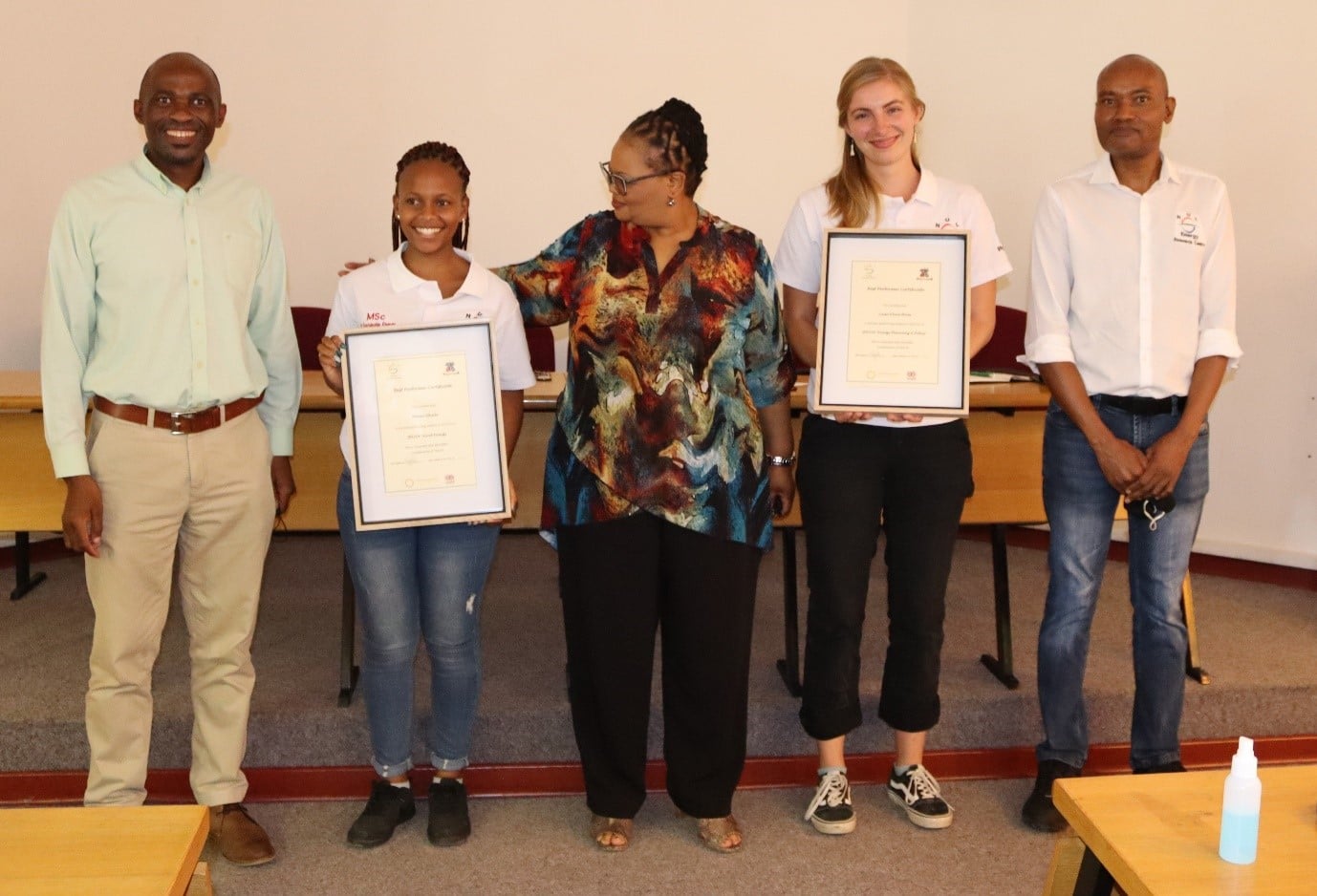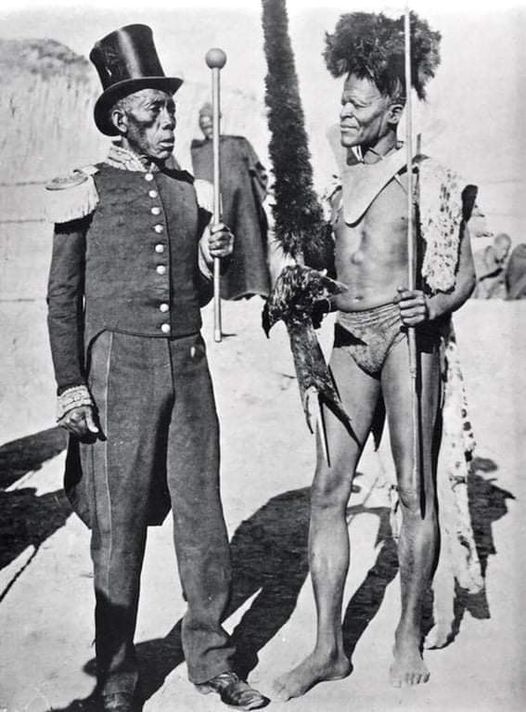Dr Masechaba M. L. Mokhathi-Mbhele National University of Lesotho, Roma Maseru, (Open Access Library Journal, Vol.7 No.7, July 2020)AbstractThis paper explores the discourse of “Thing”, the core element in the nominal group in Systemic Functional Linguistics (SFL) theory, when deployed as Sesotho names awarded as enacted messages. Sesotho names normally operate as authentic social discourse for they reflect real experiences embedded in these name structures. Social functions embedded in these structures elevate their significance which is embraced by socio-cultural consensus. They reflect awarders’ modality or evaluation of birth contexts. This study is qualitative and data is collected from lists prepared for graduation ceremonies, employment, admission into educational institutions, neighbourhood, orphanages, telephone directories, phone-in radio programmes. The aim is to establish that Basotho use “Thing” and its dynamic forms as personal names that are socially accepted, used and revered as ancestral resemblances. The study employs form-meaning description of these names including their sub-modifications. It concludes that “Thing” reflects the interpersonal function in the field of onomastica and thus extends and strengthens the newly observed intimacy of SFL-Onomastica relationship. It contributes that deployment of “Thing” as onomastica complements its basic reference as a member of the nominal group. It also fathoms the inevitable relevance of form-meaning interdependence in describing language including onomastica. Speakers’ and linguists’ awareness of this interdependence is rekindled or inaugurated and name owners may develop informed meaning and pride in their names. The demeaning attitude within the word “Thing” may be eradicated by reverence of contextual adaptation. The study extends reciprocation of Phonetics, Morphology and Syntax and Semantics. The study has implications for Linguistics, Education, Media studies, Socialand Cultural studies, Journalism, Communication.


